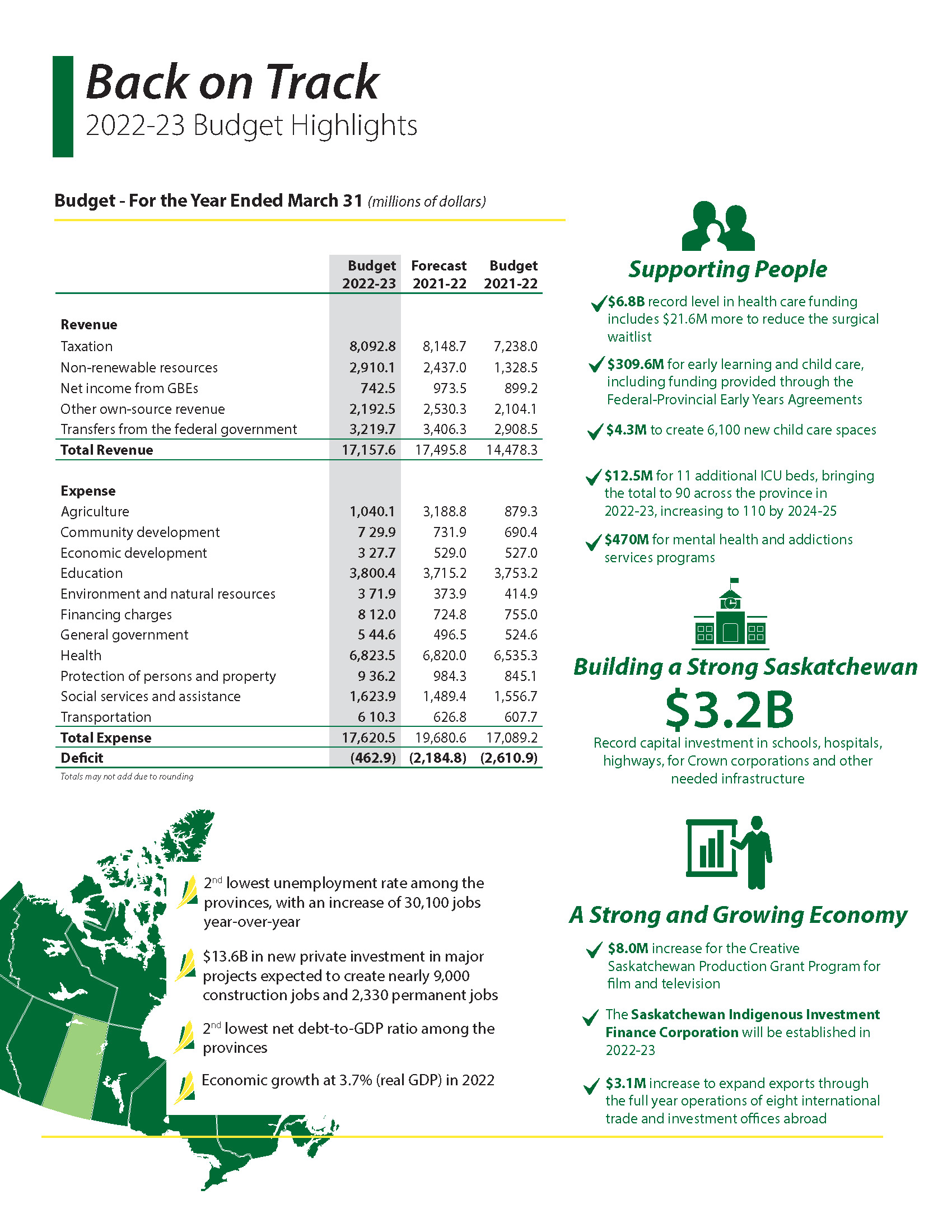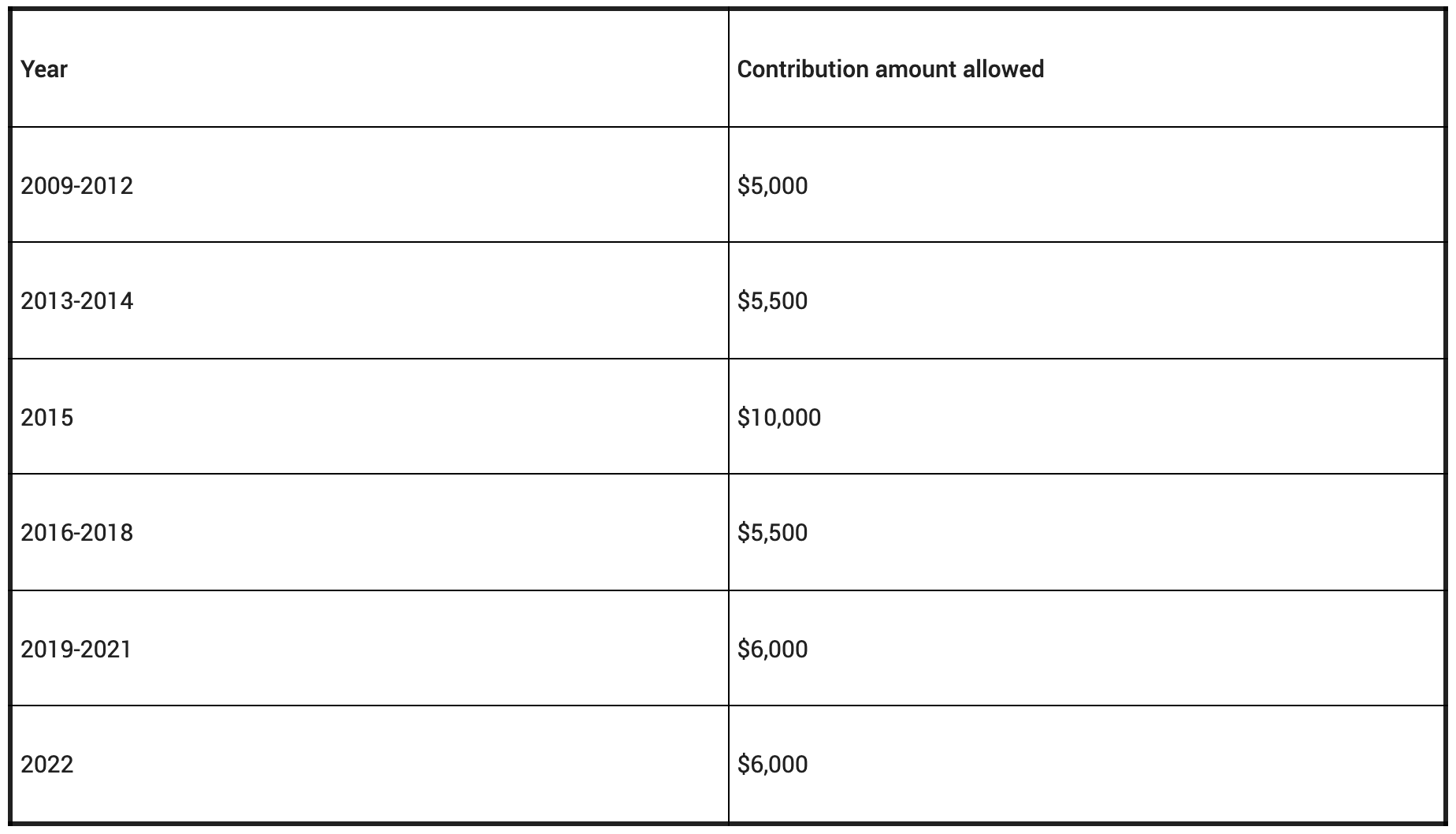Estate Freeze
In 2015, CIBC conducted a poll to see how many Canadian business owners had a business transition plan. Almost half of them didn’t have one.
No business owner likes to think about handing over their business they’ve built from the ground up. But the fact of the matter is, you will have to do it eventually. Even more concerning, what if you were to become ill or incapacitated? Making a decision of this magnitude during trying times would not be ideal.
Your two main choices for passing on your business are:
-
Selling it
-
Transferring ownership to a successor of your choice (this can either be a family member or a non-family member such as a key employee)
When you die, all your capital property is deemed to have been sold immediately before your death. This includes your business. This means that capital gains taxes will be charged on whatever the fair market value (FMV) of your business is considered to be at the time of your death.
The higher the FMV of your business, the higher the capital gains taxes that will be charged. Your successors may not have the funds to pay these taxes which may force them to sell the business in order to fund the tax liability; thus, not to reaping the benefits of all your hard work as intended.
The good news is that there’s a way to protect your business; an estate freeze.
What is an estate freeze?
For the business owner, an estate freeze can be an integral part of your estate planning strategy. The purpose of an estate freeze is to lock-in (freeze) the value of the business, freeing the successor from the tax liability that may arise should the business’ value increase.
This is how an estate freeze works:
-
As a business owner, you can lock in or “freeze” the value of an asset as it stands today. Your successors will still have to pay taxes on your business when they inherit it – but not as much as if you hadn’t “frozen” your business and your company had increased in FMV.
-
You continue to maintain control of your business. As well, you can receive income from your business while it is frozen.
-
Your successor now benefits from the business’ future growth, but they won’t have to pay for any tax increases that occur before they inherit the business.
Freezing the value of your business can help you plan your tax spending properly. Selecting to “freeze” your business can help give you peace of mind that your successors won’t have to spend a considerable part of their inheritance on excessive taxes.
What happens when you freeze your estate?
-
When you execute an estate freeze, the first thing you need to do is exchange your common shares for preferred shares. Your new preferred shares will have a fixed (a.k.a. “frozen”) value equal to the company’s present fair market value. Make sure you have everything in place to properly determine the fair market value before you exchanging your shares.
-
Your company will then issue common shares, which your successors subscribe to for a nominal price (for example, 1 dollar). Note that your successors don’t own the stock yet – subscribing to the stocks means they will take ownership of the stocks at a future date.
As part of your estate freeze, you must have a shareholders’ agreement ready to bring in new shareholders. This agreement should list any terms and conditions related to the purchase, redemption, or transfer of your company’s common shares.
1. You can choose to receive some retirement income from your preferred shares by cashing in a fixed amount gradually. This action will reduce your preferred shares’ total value, reducing income tax liability upon death. For example:
-
Your shares are worth $10,000,000, and you need $100,000 annually. You can then redeem $100,000 worth of shares.
-
If you live for 30 more after you freeze your estate, you will have withdrawn $3,000,000 of your shares. This reduces the value of your shares to $7,000,000.
-
At your death, your tax liability is lower than it would have been had your shares remained at the original value of $10,000,000.
2. You can opt to maintain voting control in your company. This can be complicated (so you should consult a licensed professional), but you can set up your estate freeze so that you still have voting control in your business with your preferred stock.
How you can benefit from an estate freeze
-
You get peace of mind. The most important benefit to a tax freeze is that you know, whoever your successors are, they will receive what they are entitled to and not have to deal with any unpredictable tax burdens. Since an estate freeze fixes the maximum amount of taxes to be paid, you can properly plan how much money to set aside for this tax liability. One option is to have a life insurance policy equal to the amount of the tax liability, with your successor as the beneficiary, so you know they will have enough money to pay for these taxes.
-
You encourage participation in growing your business. Your chosen successors will be motivated to help the company grow, as they know they will benefit in the future.
-
Further tax reductions. If your shares qualify for lifetime capital gains exemption, then an estate freeze also helps further reduce your successor’s tax liability.
Is an estate freeze the right strategy for you?
There are a few things you need to consider when deciding if an estate freeze is right for you or not.
-
Retirement funding. What kind of retirement savings, if any, do you have? If you have money put aside in RRSPs, TFSAs, or even have a pension from a previous job, then an estate freeze may be the right choice for you. If you were planning to sell your company and live off the proceeds in retirement, then it likely is not the right choice for you.
-
Succession plans. Do you have someone in mind who would be a suitable successor? Just because you think your child, spouse, or best employee may want to take over your business doesn’t mean they do. Talk to anyone you are considering making a successor and see if they are both interested in and able to keep your business going.
-
Family relationships. Trying to figure out how to select a successor if you have several children may be challenging. It can cause a lot of strain amongst your children if they are all named successors if only some of them are actively interested in running the business. You may want to consider only making one child a successor and providing for your other children in different ways, such as making them a life insurance beneficiary.
If you decide to pursue an estate freeze for your business, you are helping plan for your heirs’ future and cutting down on the amount of taxes that will eventually have to be paid. That being said – an estate freeze can be complicated, and all the steps must be performed correctly. Be sure to consult an experienced professional be taking any steps to freeze your estate.



















-Shannen%20-Fisher-kPvmA29PjKFr8LNQE.png)

-Shannen%20-Fisher-kPvmA29PjKFr8LNQE.png)



